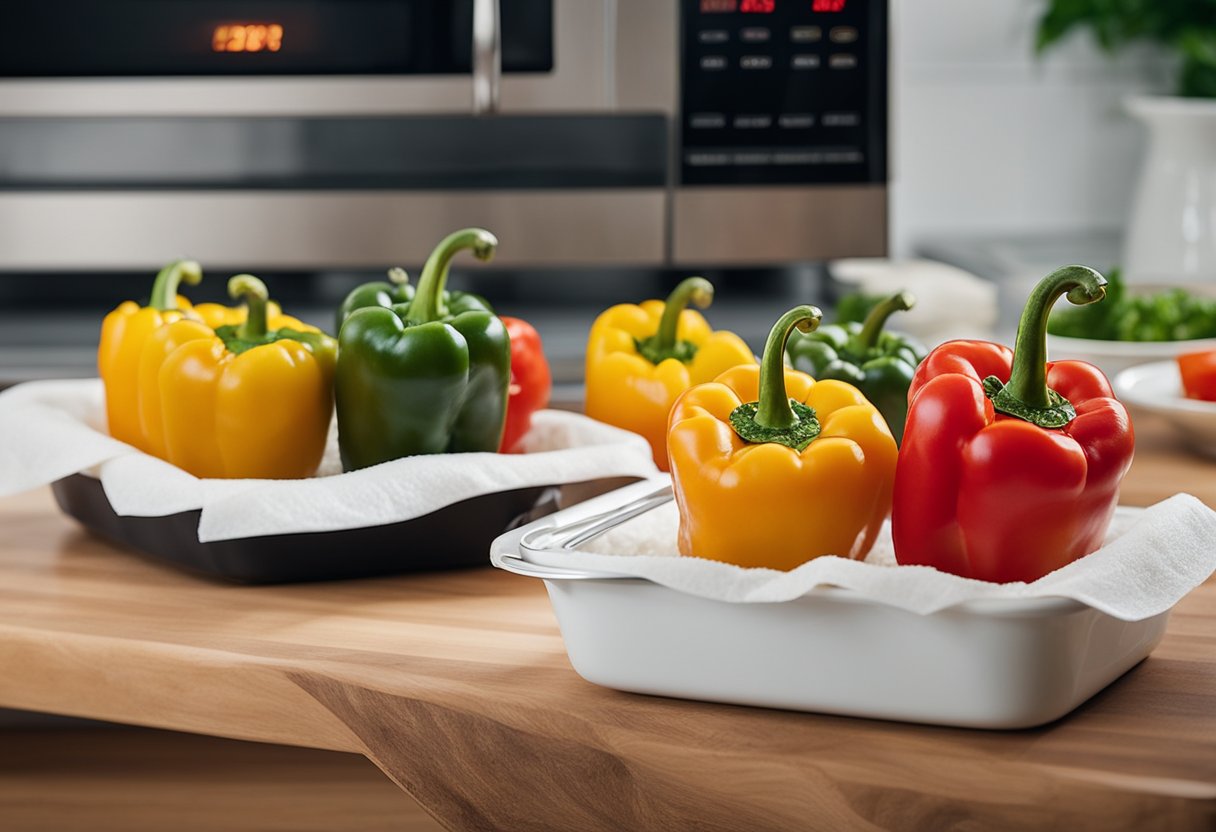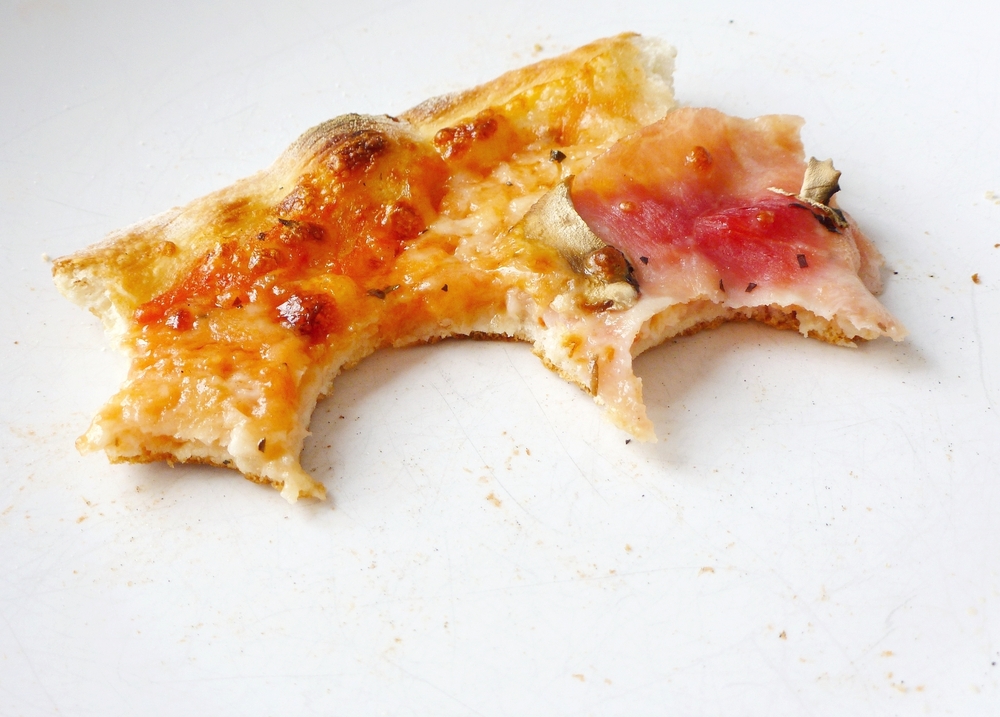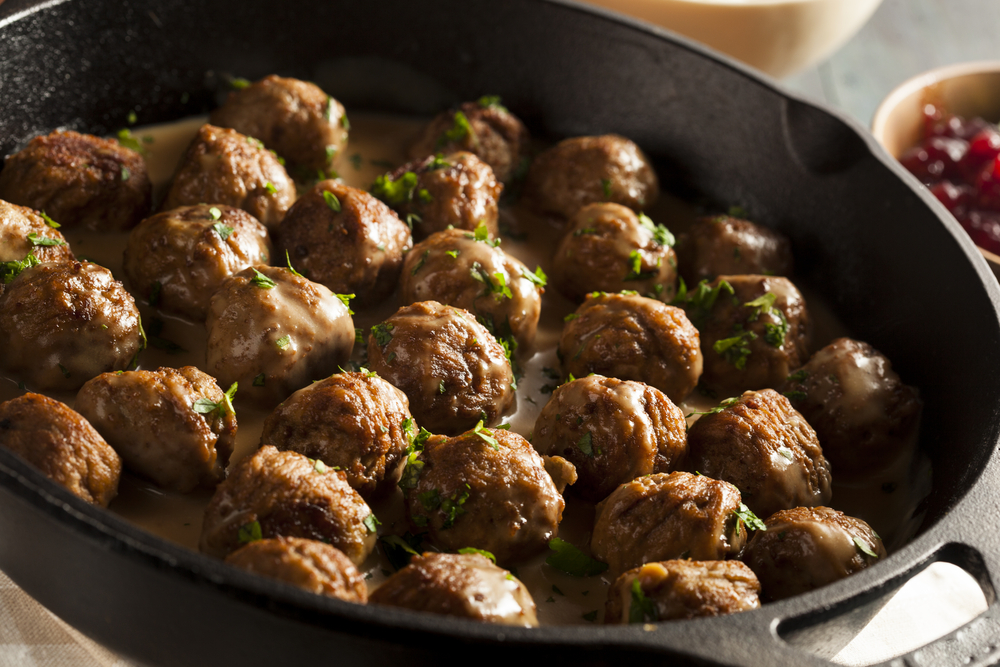As someone who loves stuffed peppers, I know how frustrating it can be to have leftovers that need to be reheated. Reheating frozen stuffed peppers can be tricky, as the wrong method can leave them dry and unappetizing.
However, with the right preparation and technique, you can enjoy delicious, reheated stuffed peppers that taste just as good as the day you made them.

Before reheating frozen stuffed peppers, it’s important to properly prepare them. This includes labeling and dating the container, as well as making sure the peppers are tightly sealed to prevent freezer burn.
When you’re ready to reheat them, take them out of the freezer and let them thaw in the refrigerator overnight. This will ensure that they cook evenly and won’t be cold in the middle.
When it comes to reheating stuffed peppers, there are several methods you can use. The most popular method is to reheat them in the oven, but you can also use the microwave or even a slow cooker.
Each method has its own advantages and disadvantages, so it’s important to choose the one that works best for you. By following these tips and techniques, you can enjoy delicious, reheated stuffed peppers that taste just as good as the day you made them.
Key Takeaways
- Proper preparation is key to reheating frozen stuffed peppers.
- The oven, microwave, and slow cooker are all viable options for reheating stuffed peppers.
- By following the right technique, you can enjoy delicious, reheated stuffed peppers that taste just as good as the day you made them.
Preparation Before Reheating

When it comes to reheating frozen stuffed peppers, it is essential to prepare them properly before putting them in the oven.
In this section, I will cover two crucial steps: thawing the stuffed peppers and preheating the oven.
Thawing Stuffed Peppers
Before reheating frozen stuffed peppers, it is important to thaw them properly. Thawing the stuffed peppers will ensure that they heat evenly and thoroughly. There are two ways to thaw frozen stuffed peppers: in the refrigerator or on the counter.
Thawing in the refrigerator is the safest method because it prevents the growth of harmful bacteria. To thaw frozen stuffed peppers in the refrigerator, simply place them in a bowl or on a plate and leave them in the refrigerator overnight or for at least 8 hours.
If you’re short on time, you can also thaw stuffed peppers on the counter. To do this, remove them from the freezer and place them on a plate or in a bowl on the counter for a few hours until they are completely thawed.
Preheating the Oven
Preheating the oven is an important step in reheating frozen stuffed peppers. Preheating the oven allows it to reach the optimal temperature for reheating without compromising taste and texture.
To preheat your oven, simply turn it on and set it to 350°F (175°C). It should take about 10-15 minutes for your oven to reach the desired temperature.
While the oven is preheating, choose an appropriate oven-safe baking dish or casserole dish based on the number of stuffed peppers you are reheating.
It’s important to choose a dish that is the right size for your stuffed peppers, so they don’t dry out or burn. Once you have chosen your dish, you’re ready to move on to the next step: reheating the stuffed peppers.
By properly thawing your frozen stuffed peppers and preheating your oven, you can ensure that your reheated stuffed peppers are delicious, evenly heated, and safe to eat.
Reheating Stuffed Peppers in the Oven

When it comes to reheating frozen stuffed peppers, the oven method is one of the most popular and effective ways to do it.
Here are some tips for reheating stuffed peppers in the oven.
Oven Method
Preheat the oven to 350°F (180°C). If the stuffed peppers are frozen, allow them to thaw in the refrigerator overnight. This will help ensure even heating during reheating and reduce cooking time.
Place the stuffed peppers on a baking sheet lined with parchment paper. If the peppers were stored together in one container, transfer them onto individual pieces of aluminum foil or wrap each pepper tightly with plastic wrap.
Using Aluminum Foil
Wrapping the peppers in aluminum foil can help keep them moist and prevent them from drying out during reheating. Simply wrap each pepper tightly in aluminum foil before placing them on the baking sheet.
Temperature and Time
The internal temperature of the stuffed peppers should reach 165°F (74°C) to ensure that they are safe to eat. Use a food thermometer to check the internal temperature of the peppers.
The cooking time will vary depending on the size and thickness of the peppers, but it usually takes about 30-40 minutes to reheat stuffed peppers in the oven.
In conclusion, reheating stuffed peppers in the oven is a simple and effective way to enjoy this delicious dish again.
Just remember to thaw the peppers if they are frozen, wrap them in aluminum foil to keep them moist, and use a food thermometer to check the internal temperature.
Microwave Reheating Technique
When it comes to reheating frozen stuffed peppers, using a microwave is a quick and convenient option. However, it’s important to follow some microwave-safe practices to ensure that your peppers are heated evenly and thoroughly.
Microwave-Safe Practices
First, make sure that your stuffed peppers are in a microwave-safe container or on a microwave-safe plate. Avoid using metal containers or plates, as they can cause sparks and damage your microwave. Instead, use glass or ceramic containers or plates.
Next, cover your stuffed peppers with a microwave-safe lid or plastic wrap to help trap in steam and heat. This will help your peppers reheat more evenly and prevent them from drying out.
When reheating your stuffed peppers in the microwave, use the defrost setting or a low power setting to prevent the peppers from overheating and becoming rubbery.
Reheat the peppers in short intervals, stirring or flipping them between each interval to help distribute the heat evenly.
Maintaining Moisture
To maintain the moisture of your stuffed peppers, add a tablespoon of water or broth to the container before reheating. This will create steam, which will help keep your peppers moist and prevent them from drying out.
Another way to maintain moisture is to cover your stuffed peppers with a damp paper towel before reheating. The paper towel will help create steam and prevent the peppers from drying out.
By following these microwave-safe practices and maintaining moisture, you can reheat your frozen stuffed peppers quickly and easily in the microwave.
Alternative Reheating Methods

When it comes to reheating frozen stuffed peppers, there are more options than just using the oven. In fact, there are a couple of alternative methods that can be just as effective and even quicker.
Using an Air Fryer
One of the alternative methods to reheat frozen stuffed peppers is using an air fryer. This method works well because the air fryer can cook the peppers evenly and quickly.
To reheat stuffed peppers in an air fryer, simply place the peppers in the air fryer tray or basket. Set the temperature to 350°F and cook for 10-15 minutes, depending on the size of the peppers. Use tongs to flip the peppers over halfway through cooking.
Skillet Reheating
Another alternative method to reheat frozen stuffed peppers is using a skillet. This method is great because it can be done quickly and easily. To reheat stuffed peppers in a skillet, first, thaw the peppers in the refrigerator overnight.
Then, heat a skillet over medium heat and add a bit of oil. Place the peppers in the skillet and cook for 5-7 minutes, turning occasionally, until the peppers are heated through.
When using either of these alternative methods, it’s important to keep an eye on the peppers to make sure they don’t overcook.
Overcooking can cause the peppers to become mushy and lose their texture. Additionally, it’s important to use a method that works best for the type of stuffed peppers you have.
For example, if the peppers are delicate, using an air fryer may not be the best option as it could cause them to break apart.
Overall, using an air fryer or skillet are great alternative methods to reheat frozen stuffed peppers. They are quick, easy, and can produce great results.
Post-Reheating Tips

After reheating your frozen stuffed peppers, there are a few tips you can follow to ensure that they are delicious and piping hot.
Checking for Even Heating
Before serving, it is important to check that your stuffed peppers have been heated evenly. To do this, use a food thermometer to check the internal temperature of the peppers.
The internal temperature should be at least 165°F (74°C) to ensure that any harmful bacteria have been destroyed.
If you notice that some peppers are hotter than others, you can reheat them in the microwave for a few seconds or place them back in the oven for a few minutes until they are heated through.
Serving Suggestions
Once your stuffed peppers are heated through and evenly heated, it’s time to serve them up! You can serve them on a plate with a side salad or some crusty bread. If you have leftovers, you can store them in an airtight container in the fridge for up to 3 days.
To keep your stuffed peppers warm while serving, you can place them in a slow cooker on the “keep warm” setting. This will ensure that they stay at the perfect temperature until you’re ready to serve.
In conclusion, reheating frozen stuffed peppers is easy and can be done in a variety of ways. By following these post-reheating tips, you can ensure that your stuffed peppers are delicious, evenly heated, and ready to serve.
Frequently Asked Questions
What is the best method to reheat frozen stuffed peppers to maintain their texture?
The best method to reheat frozen stuffed peppers while maintaining their texture is to use the oven. Preheat the oven to 350°F (180°C) and arrange the peppers in a baking tray. Sprinkle a tablespoon of water over the peppers and cover them with foil.
Reheat the stuffed peppers for 20-30 minutes, or until they’re piping hot throughout. This method helps to maintain the texture of the peppers while making sure they are heated evenly.
How long should frozen stuffed peppers with raw meat be cooked for safe consumption?
Frozen stuffed peppers with raw meat should be cooked for at least 30-40 minutes in the oven to ensure safe consumption. The internal temperature of the meat should reach 165°F (74°C) to ensure that it is cooked thoroughly.
Should stuffed peppers be thawed before reheating, and if so, what is the recommended process?
It’s recommended to thaw stuffed peppers before reheating them to ensure even heating. You can thaw them by transferring them from the freezer to the refrigerator overnight. If you’re short on time, you can thaw them in the microwave using the defrost setting.
What are the guidelines for freezing and reheating stuffed peppers with rice or cheese fillings?
When freezing stuffed peppers with rice or cheese fillings, it’s important to make sure that the filling is cooked thoroughly before freezing.
When reheating, you can use the same methods as for regular stuffed peppers. However, it’s recommended to use the oven to reheat stuffed peppers with cheese fillings, as the cheese can become oily and separate when reheated in the microwave.
How can you prevent stuffed peppers from becoming soggy during the reheating process?
To prevent stuffed peppers from becoming soggy during the reheating process, make sure to drain any excess liquid from the peppers before freezing or reheating. You can also add breadcrumbs or rice to the filling to help absorb any excess moisture.
What is the maximum duration for storing stuffed peppers in the freezer without compromising quality?
Stuffed peppers can be stored in the freezer for up to three months without compromising quality. Make sure to wrap them tightly in plastic wrap or aluminum foil before freezing to prevent freezer burn.







